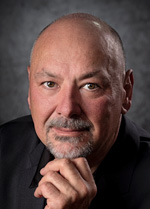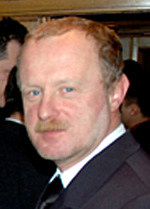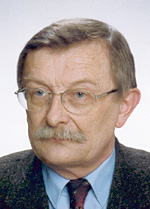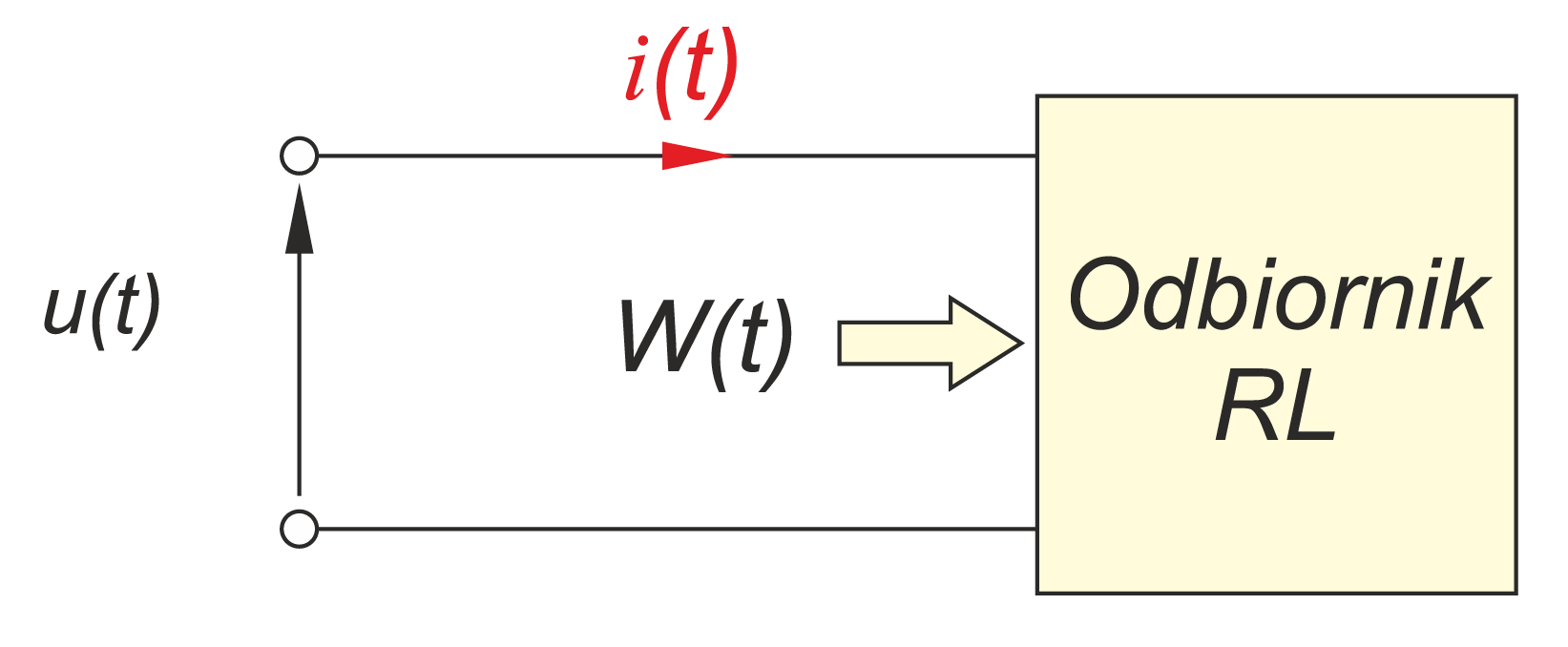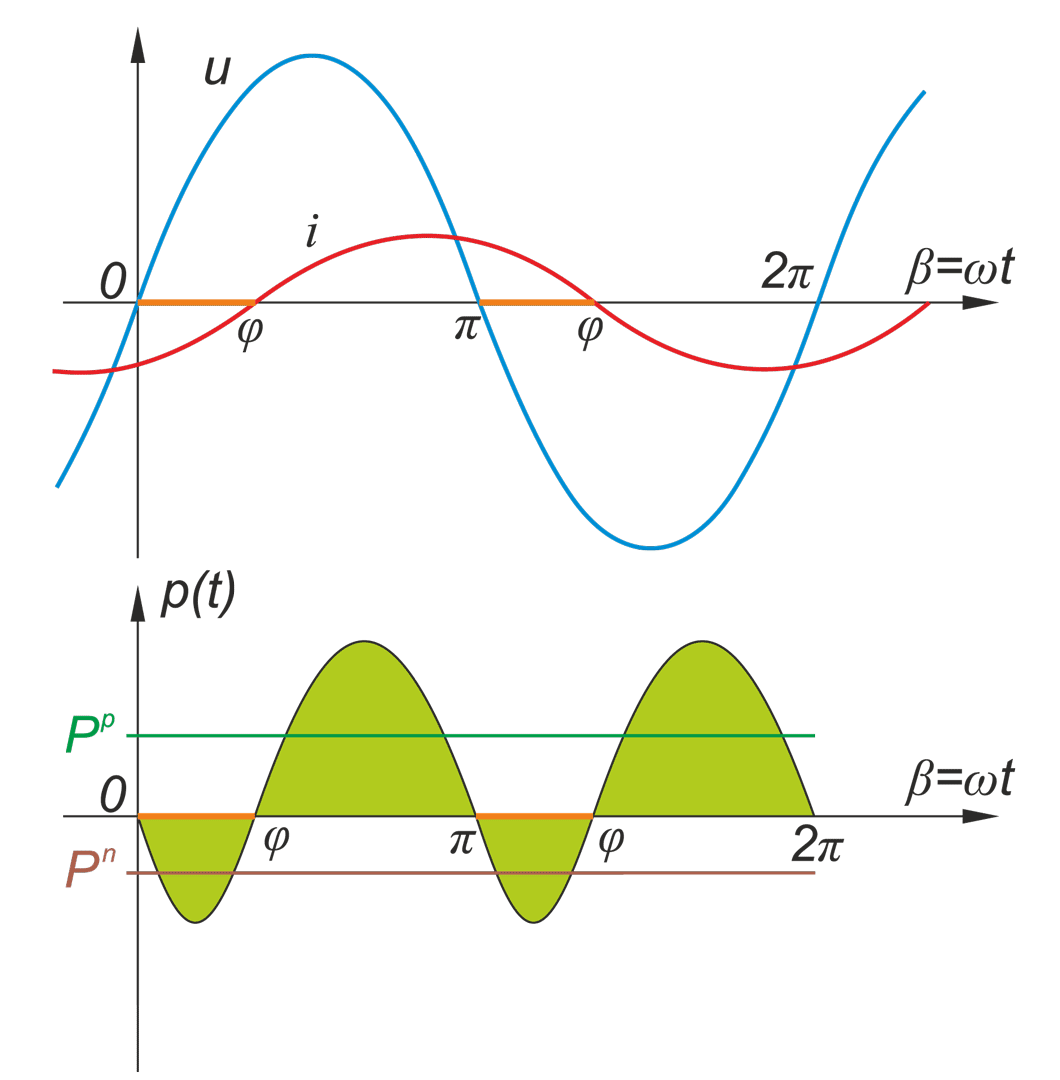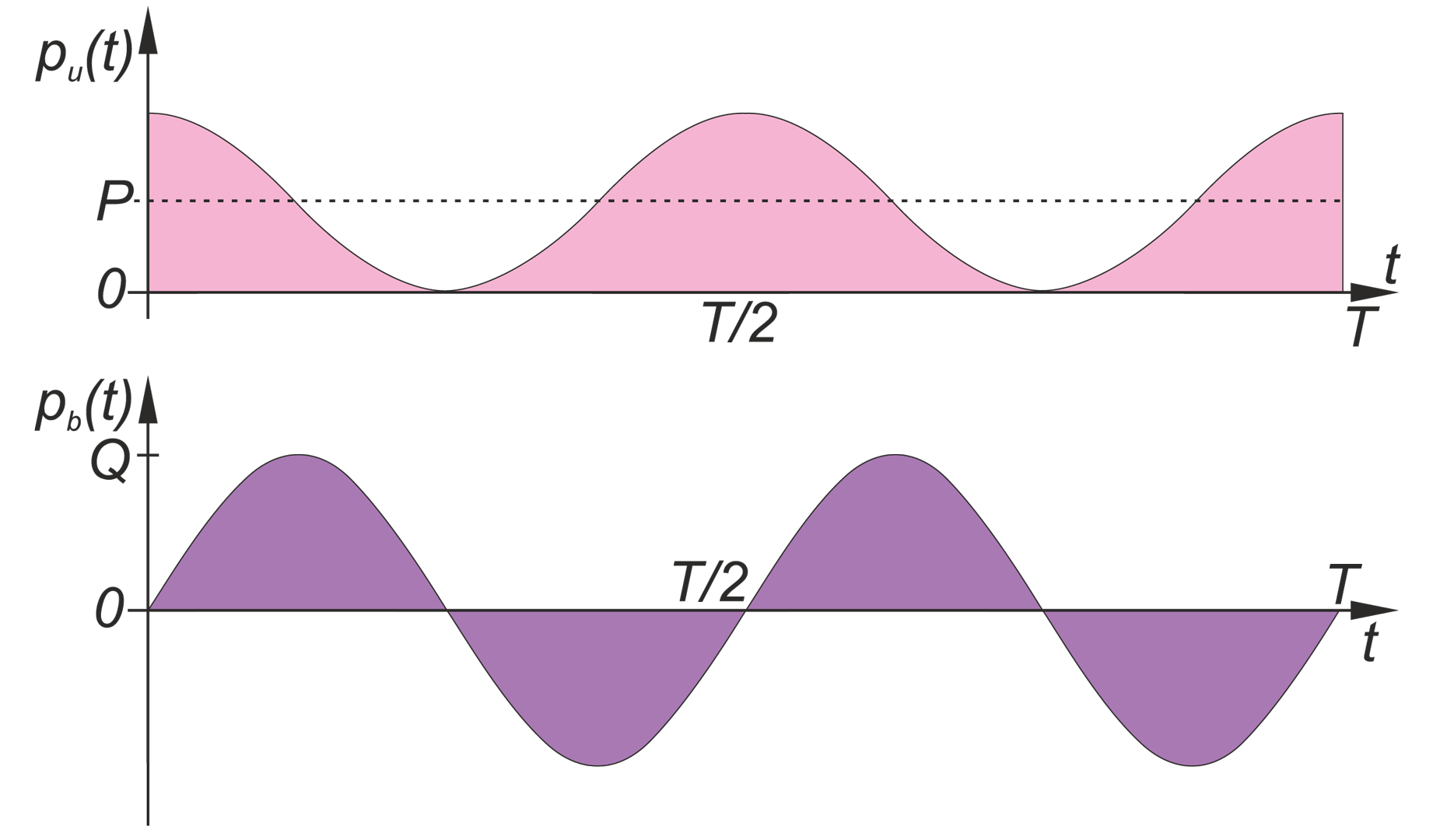E-journal for electrical and electronic engineers
AUTOMATYKA, ELEKTRYKA, ZAKLOCENIA
(AUTOMATICS, ELECTROTECHNICS, DISTURBANCES)
Vol. 8, nr 3 (29) 2017
Powers and Compensation in Systems with Nonsinusoidal Voltages and Currents Part 11. Critical comments to the Standard DIN 40100. Alleged effect of energy oscillation on the power factor and critical verification of a physical meaning of the reactive power
Abstract
In discussions on power properties of electrical circuits recurrent point of view is expressed that the energy loss is caused by the energy oscillation. The spread of this opinion is instigated by Standard DIN 40100, which introduced the concept of the instantaneous power p(t) decomposition on an input instantaneous power pv (t) (positive) and a returning instantaneous power pr (t) (negative). The paper demonstrates that there is no clear relation between the power factor and the energy loss at its delivery on the input and the returning instantaneous powers pv (t) and pr (t). Moreover, it is shown in the paper that the energy oscillation between the supply source and the load has no effects on the power factor. It was shown as well that there is no physical phenomenon in electrical circuits that requires the concept of the reactive power, which means that the reactive power is not a physical quantity.
Keywords
power factor, oscillation
Fig.
Bilbiography
[1] Ch.P. Steinmetz, “Does phase displacement occur in the current of electric arcs?” (In German), ETZ, 587, 1892.
[2] C.I. Budeanu, “Puissances reactives et fictives”, Institut Romain de l'Energie, Bucharest, 1927.
[3] S. Fryze, “Active, reactive and apparent power in circuts with nonsinusoidal voltages and currents”, Przegląd Elektro-techniczny, z. 7, pp. 193-203, z. 8, pp. 225-234, 1931, z. 22, pp. 673-676, 1932.
[4] B.D.H. Tellegen: "A general network theorem with applications”, Philips Research Reports, (Philips Research Laboratories) 7, pp. 259–269, 1952.
[5] W. Shepherd, P. Zakikhani, “Suggested definition of reactive power for nonsinusoidal systems”, Proc. IEE, vol. 119, no. 9, pp. 1361-1362, 1972.
[6] N.L. Kusters, W.J.M. Moore, “On the definition of reactive power under nonsinusoidal conditions”, IEEE Trans. Pow. Appl. Syst., vol. PAS-99, No. 3, pp. 1845-1854, 1980
[7] M. Depenbrock, “The FBD-method, a generalized applicable tool for analyzing power relations”, IEEE Trans. on Power Del., Vol. 8, No. 2, pp. 381-387, 1993.
[8] L.S. Czarnecki, „Moce w Obwodach Elektrycznych z Niesinusoidalnymi Przebiegami Prądów i Napięć”, Oficyna Wydawnicza Politechniki Warszawskiej, 2005.
[9] L.S. Czarnecki, “Working, reflected and detrimental active powers”, IET on Generation, Transmission and Distribution, Vol. 6, No. 3, pp. 223-239, 2012.
[10] L.S. Czarnecki, “Powers and compensation in circuits with nosinusoidal voltages and currents, Part 9. Misinterpretation of power properties of electrical circuits”, (in Polish), On-line Journal: AUTOMATYKA, ELEKTRYKA, ZAKLOCENIA, (Electrical Engineering, Control, Disturbances), V. 6, No. 3(21), pp. 6-17, www.epismo-aez.pl, 2015, DOI: 10.17274/AEZ.2015.21.01.
[11] Norma DIN 40100, “Całkowe definicje mocy”, 1976.
[12] J. Kolonko, M. Wójcik, “Procesor mocy wg. DIN 40100”, Materiały MKM 2011.
[13] J. Kolonko, P. Musz, T. Kolonko, P. Modzel, J. Dudzik, Z. Wierzbicki, “Zastosowanie procesora mocy wg. DIN 40100 do pomiarów mocy i energii prądu zmiennego”, Energetyka, (www.energetyka.eu) str. 286-292, 2016.
[14] J. Dudzik, J. Kolonko, P. Modzel, Z. Wierzbicki, “Zastosowanie procesora mocy dopomiaru energii prądu zmiennego”, Materiały Konferencji Podstawowe Problemy Metrologii, 2012.
[15] J. Dudzik, J. Kolonko, P. Modzel, Z. Wierzbicki, “Sposób pomiaru mocy w systemach energetycznych”, Zgłoszenie patentowe nr. 201/2012.
[16] L.S. Czarnecki, Key Note on: “From Steinmetz to Currents’ Physical Components (CPC): History of power theory development”, 2016 International Conf. on Applied and Theoretical Electrical Engineering (ICATE), Craiova, Romania, 2016.
[17] L.S. Czarnecki, Key Note on: “Degradation of the energy transfer effectiveness described in terms of the Currents’ Physical Components (CPC)-based Power Theory”, 1st International Conference on Energy Science and Electrical Engineering, (ICESEE 2017), arranged by the International Academy of Science and Electrical Engineering with the Budapest University of Technology and Economics, Budapest, October 20-22, 2017.








